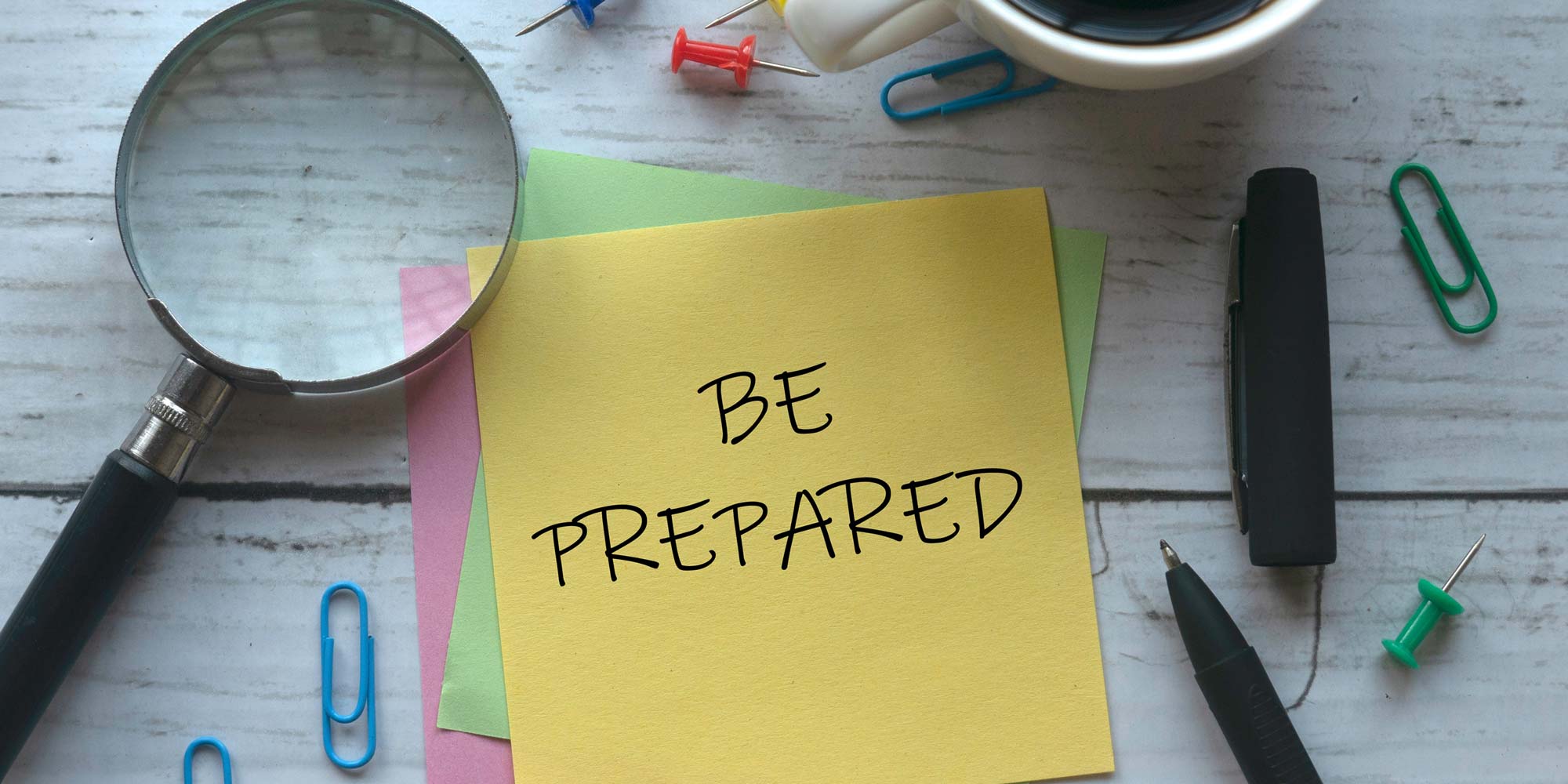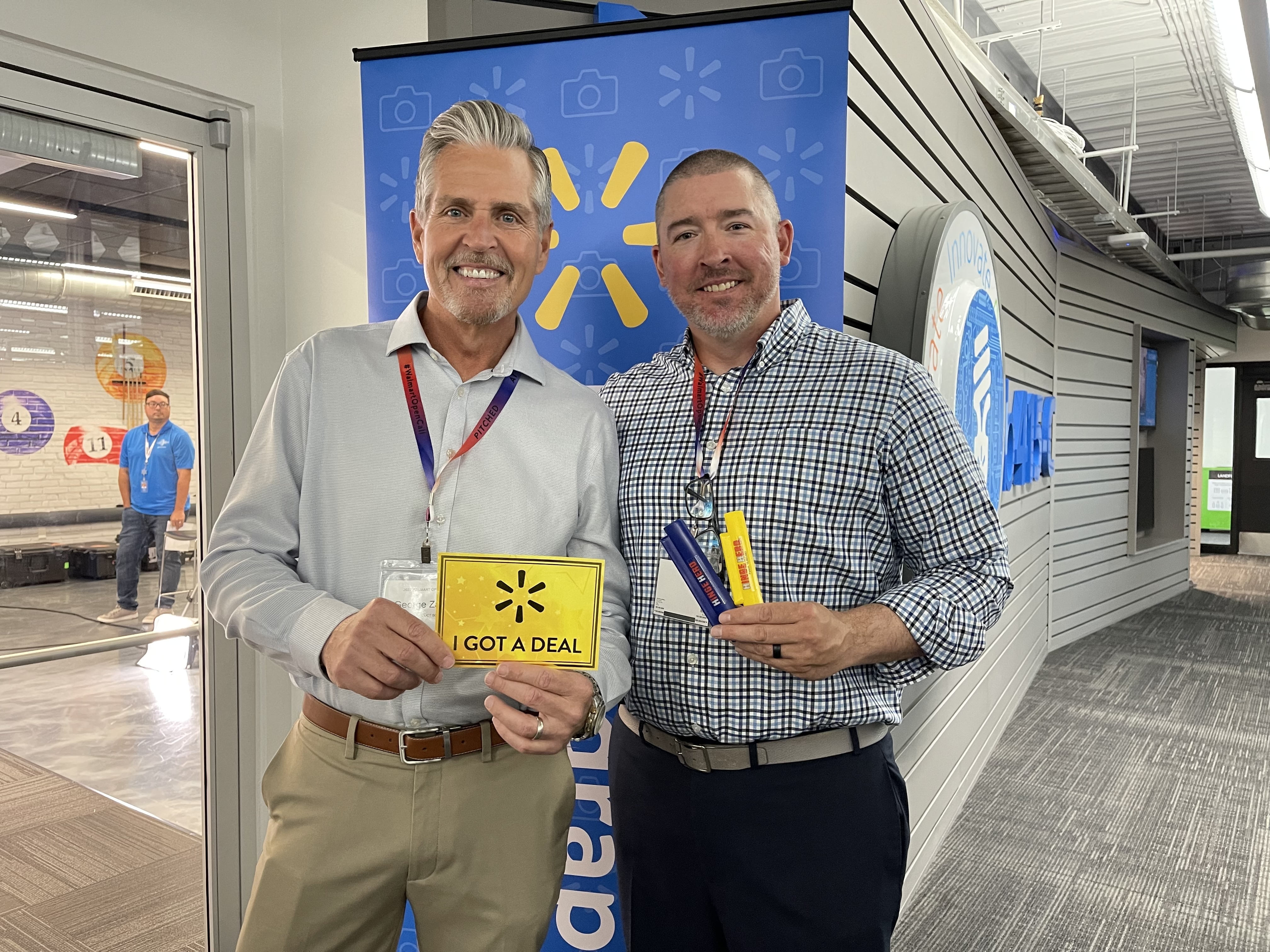Most product-based businesses start with a great idea and a passion for creating. But when it comes to getting into retail stores, things quickly get complicated. Between navigating packaging requirements, understanding wholesale pricing, dealing with logistics, and pitching to buyers—retail can feel like a completely different language.
💬 “I have a great product, but I’m stuck on what to do next.”
— A familiar feeling for many founders transitioning from DTC to retail
You’re not alone. Many entrepreneurs try to piece together advice from podcasts, online courses, and social media—only to feel more confused. Others invest in consultants who focus only on one area—like branding or fulfillment—without offering a full picture.
What’s missing is a clear roadmap and a way to assess whether your business is actually prepared to succeed in retail.
This post explores what it really means to be “retail ready”—beyond the product—and why it matters now more than ever.
Why This Matters Right Now
The shift from online-only sales to multichannel strategies is accelerating. Retailers are increasingly looking for digitally native brands, and consumers still want the option to discover products in-store. But while demand is growing, access to useful, affordable, and comprehensive guidance is still limited—especially for early-stage or solo founders.
AI can offer quick suggestions. Consultants offer deep expertise. But what many brands need first is a grounded understanding of what retail actually requires—what are the questions to ask, and how to evaluate if they’re truly ready.
What “Retail Ready” Really Means
Being ready for retail isn’t about hitting one milestone—it’s about building strength across several core areas of your business. At Ready for Retail, we call these the Four Pillars of Retail Readiness. These aren’t just categories—they’re the foundations that help your business function smoothly as it grows into new sales channels.
1. Product
Key Question: Is your product built to compete in a retail environment?
It’s not enough to have something people love. Your product needs to be physically, visually, and financially ready for retail. That includes packaging that fits store shelves, clear pricing tiers (retail vs. wholesale), and any necessary safety or compliance standards.
Ask yourself:
Can your product stand out on a crowded shelf and meet the technical and financial expectations of retail buyers?
2. Operations
Key Question: Can you fulfill retail orders consistently and at scale?
Retail operations are about more than shipping—it’s about capacity, timing, and reliability. Can you handle volume? Do you know your lead times? Can you respond to unexpected changes in demand?
Think about this:
If a buyer placed a large order tomorrow, how confident are you in your ability to deliver on time?
3. Administration
Key Question: Do you have the legal and business infrastructure to support retail growth?
Behind every retail-ready brand is a clean set of systems: business registration, insurance, financial tracking, vendor documentation. Without these, even the best products can lose opportunities.
Before you move on, ask:
Would you be ready to submit the forms, documents, and contracts required to onboard with a major retailer?
4. Sales & Marketing
Key Question: Do you have a plan to support sell-in and sell-through?
Getting onto shelves is one thing. Staying there is another. Retailers want brands that can drive awareness and move inventory. This means knowing your customer, supporting your buyers, and being proactive about promotion.
Consider this:
How are you helping both the retailer and the end customer discover and choose your product?
Next Steps: How to Apply What You’ve Learned
If reading this raised more questions than answers, that’s actually a good thing—it means you’re thinking like a retail partner, not just a product creator.
Here are three ways to take this further:
Self-Assessment: Start with a readiness quiz to identify where you’re strong and where you need to focus.Structured Learning: Use workbooks or short-format videos to dive deeper into each pillar and map out next steps.
Focused Support: If you know where you’re stuck, find targeted help—whether that’s a consultant, coach, or toolkit.
Final Thought: Ready Doesn’t Mean Perfect
You don’t need to have it all figured out to pursue retail—you just need to understand where you stand and be willing to build from there. Retail readiness is a process, not a pass/fail test. By strengthening these four pillars, you're not just preparing for a launch—you’re preparing for longevity.
Curious Where You Stand?
If you're wondering whether your business is truly ready for retail, you're not alone—and you don’t have to guess.
We’ve created a short, practical quiz to help you assess your strengths across the Four Pillars and identify where to focus next. In less than 5 minutes, you’ll walk away with a clearer picture of your retail readiness and personalized next steps.
👉 Take the “Am I Ready for Retail?” Free Assessment
It’s a starting point—not a judgment. And whether you're early in your journey or already fielding interest from buyers, clarity is your most powerful tool.



